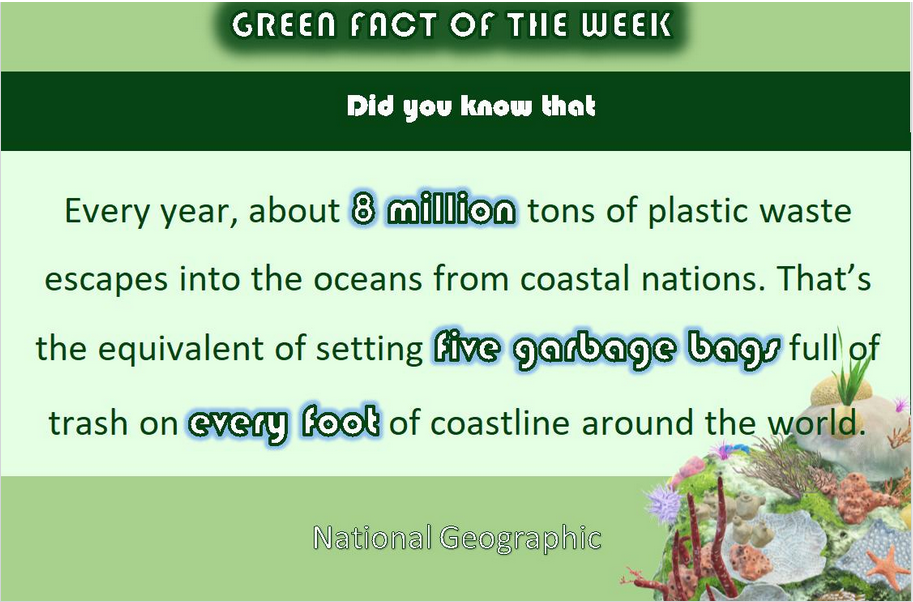02 Nov Plastic V’s Mother Nature! Who will win?

The answer lies in our hands.
Planet Earth is a celestial body that orbits the sun, positioned between Venus and mars with 29% land made up by the seven continents embedded in 71% water. But Planet Earth is a place of wonder. It is enriched with natural beauty and mysteries. It is alive and it is our home.
For some time now, we have heard a lot about many issues that threaten the health of our home. Climate Change are two words that have been ringing in our ears and litter pollution is something that we are familiar with for a long while.
I’m sure that if I ask you to find something that contains plastic within 3 seconds, it might not be a hard task. But something else that you might or might not be familiar with is plastic ending up in the ocean. Plastic pollution is a very critical issue that endangers the life within planet earth. It drains the beauty of our home at a rapid pace.
So how did this all happen?
Well, the production and development of plastic products began to speed up after World War II. Plastic grew up to become a very popular material to produce items with. It changed the world of medicine with life-saving devices, it made space travel possible, lightened cars and jets which saves on fuel and pollution. It saved lives with helmets, incubators, and equipment for clean drinking water. Many of the essentials and conveniences of life came with plastic.
But with all these positive points, there came a negative side as well. Today, single-use plastics account for 40 percent of the plastic produced every year. We have seen plastic items such as thin plastic bags and plastic straws which are items that might be used for only a little while, but will remain in the environment for hundreds of years. Every year, about 8 million tons of plastic waste escapes into the oceans from coastal nations. That’s the equivalent of setting five garbage bags full of trash on every foot of coastline around the world.
Most of the plastic in the ocean comes from the land. It can be carried into the ocean by major rivers, and when these plastic wastes get caught up with the ocean current, they travel around the world. Henderson Island is uninhabited and is located in the Pitcairn Group isolated halfway between Chile and New Zealand. Here, scientists found plastic items from Russia, the United States, Europe, South America, Japan, and China. They were carried to the South Pacific by the South Pacific gyre, a circular ocean current.
Plastic materials are so involved in our daily lives. They form a lot of the essential daily use items and it can be tough to eliminate all sorts of plastics. But something we can do is avoid single use plastic, promote the usage of reusable items and conduct proper waste management practices. There has been a lot of measures taken around us to counteract this issue. Step by step and united as one, we can bring about the change. It is up to us to decide who will win the battle between Plastic and Mother Nature.
Sources
https://www.nationalgeographic.com/environment/habitats/plastic-pollution/
https://www.enotes.com/homework-help/what-percent-of-the-earth-is-land-and-how-much-is-46469


